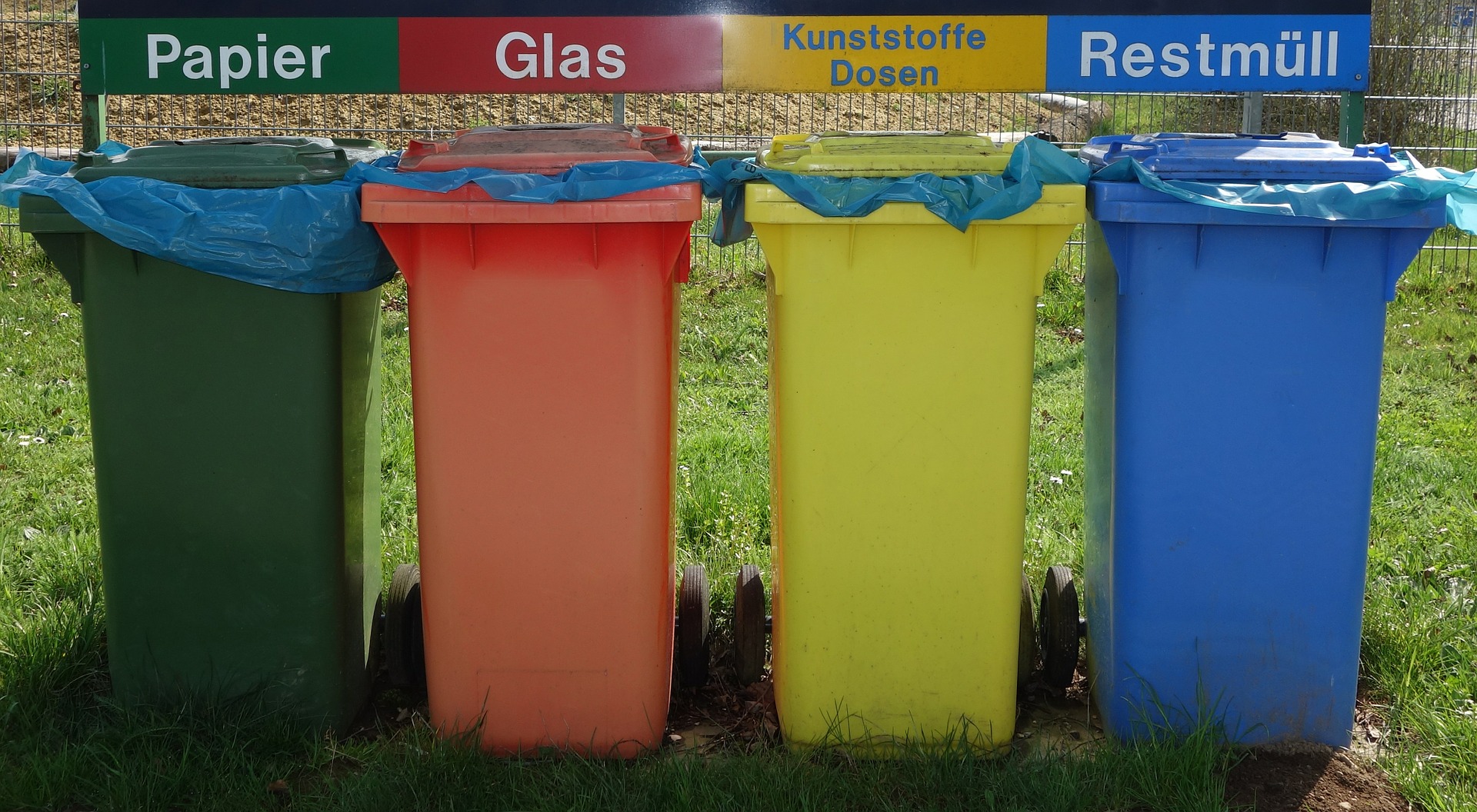Let’s start off with a little anecdote from my life:
When I had an exchange student from China as a roommate, I said to her that she had to threw the plastic garbage into the bag in the right corner, leftover food into the green bin on the balcony and paper garbage into the bag in the corridor. She looked at me in surprise and asked me why she had to divide the garbage into three different bins? I just replied: Welcome to Germany, my dear.
Germany has many stereotypes. We are mainly regarded as a fanatic working country too much focused on our cars and beer. But there is another thing that distinguishes our culture from others: We are very meticulous when it comes to separate trash properly. Germany has one of the most complex and efficient waste separation systems in the world. The aim of this system is to recycle as much trash as possible in order to generally reduce pollution in Germany and to set a good example in the battle against climate change. However, the functionality of this system is dependant on the consumer and it’s procedure confuses visitors, foreigners and locals alike.
Let’s break down the system first:
- The consumer separates the trash into different bags depending on the type of waste.
- The garbage is then thrown into different coloured bins, each with a different function (more about this down below).
- Usually you find these bins in so-called garbage collection points and they look something like the header picture or like this.
- The waste bins are collected by the city administration once per week and then sent to different locations.
- Depending on the type of waste, a recycling or incineration process takes place there.
How the trash bins look and what colour they are classified with can differ a little bit from state to state, but in principle there are six different recycling categories here in Germany:
- Blue paper bin: All types of paper waste are disposed here.
- Yellow plastic bin: Any type of plastic, metal, composite material or foam is disposed of here. However, the packaging should no longer contain any residue.
- White Glass container: Here every kind of glass is thrown in.
- Green organic waste bin: All kinds of food waste and nautical waste are collected here. Attention: this can stink quickly, so do not keep it in the apartment for too long.
- Bulky waste area: Any kind of electronics, furniture or similar heavy parts that are too large or valuable for a bin is collected here.
- Black Residual waste bin: Everything that does not fit into the other areas can be placed here. This waste can rarely be recycled and is disposed of professionally at certain landfills.
If you need more information to what kind of bin your trash belongs to, you can find a detailed list over here (pdf / German).
It becomes problematic if, despite these possibilities, the consumer throws everything in one garbage bag. Not only does this produce environmentally harmful substances during incineration which mix with each other, but many valuable materials are simply lost. Even though no penalties are to be expected for this behaviour by the state, it is a pity to show such irresponsibility and disrespect for our nature. Trash disposal is a complex and annoying topic and the immediate advantages are often not noticeable, yes. But it is important that a simple change in behaviour can make a lasting huge impacts. Let’s face it: nobody wants our beautiful world to become even dirtier. Our seas are already flooded with plastic bags and harming fish and human alike. Our forests and streets are polluted with cigarette leftovers. In some areas of the world you can not even breath properly without ar espirator mask.
I would like to conclude with the following question: Which of these two pictures do you prefer? ;-]




